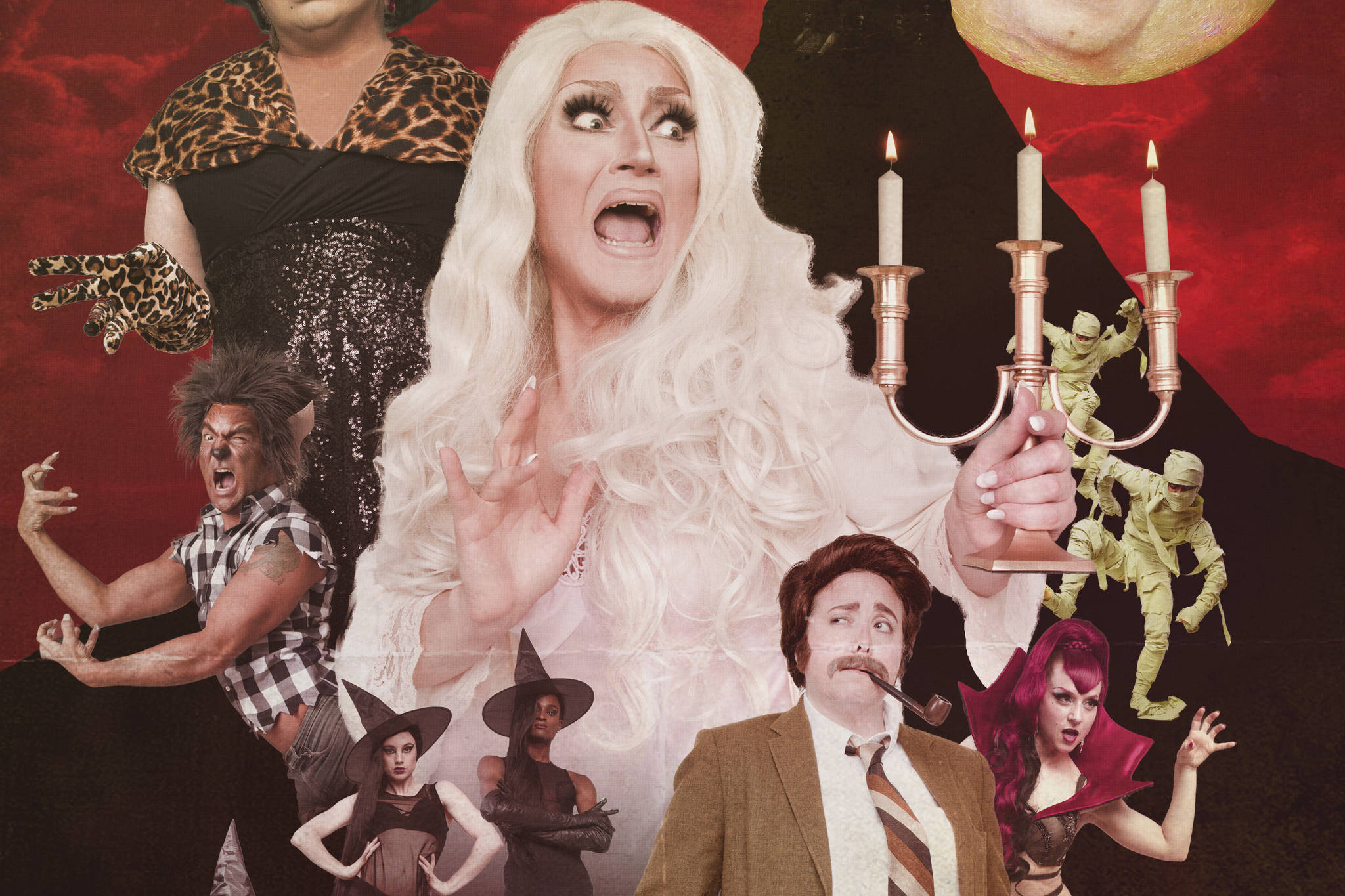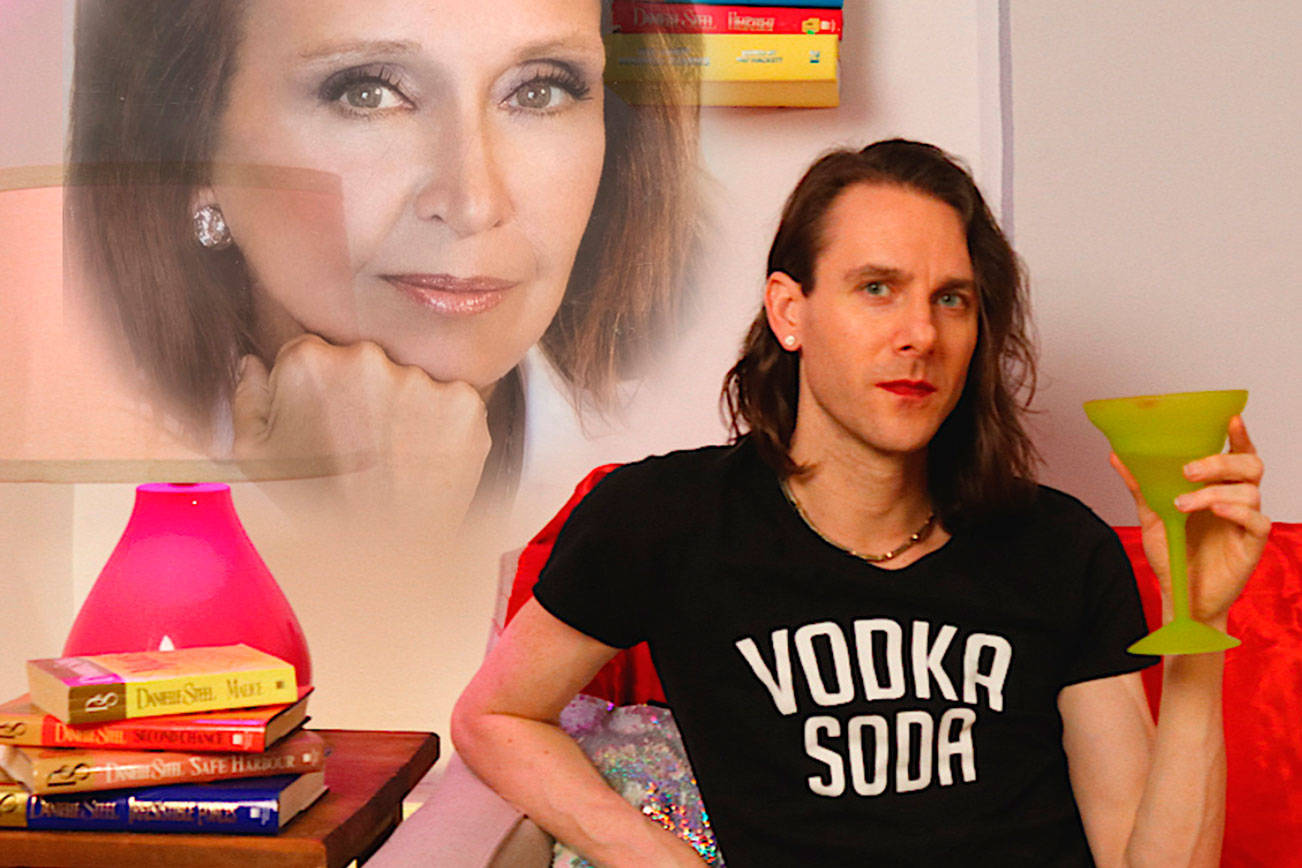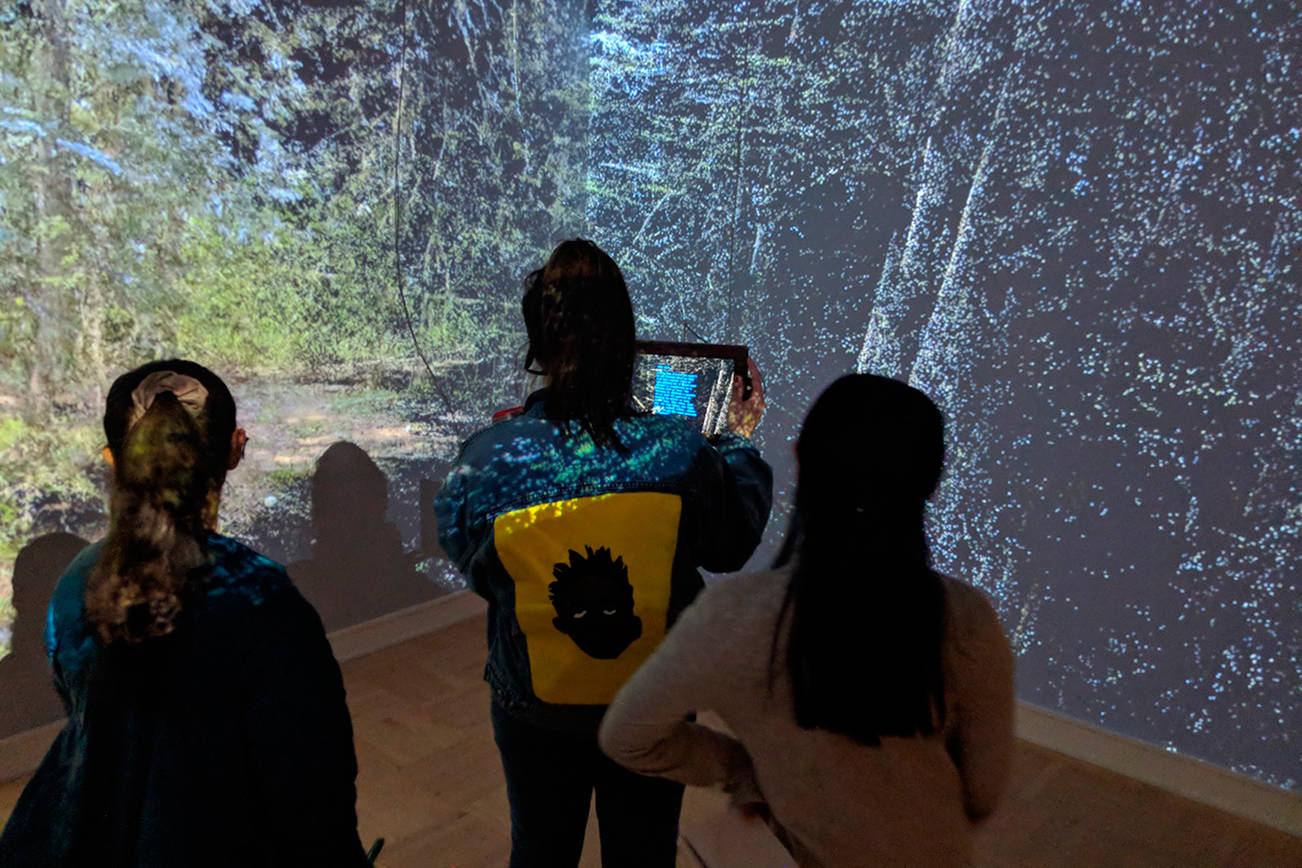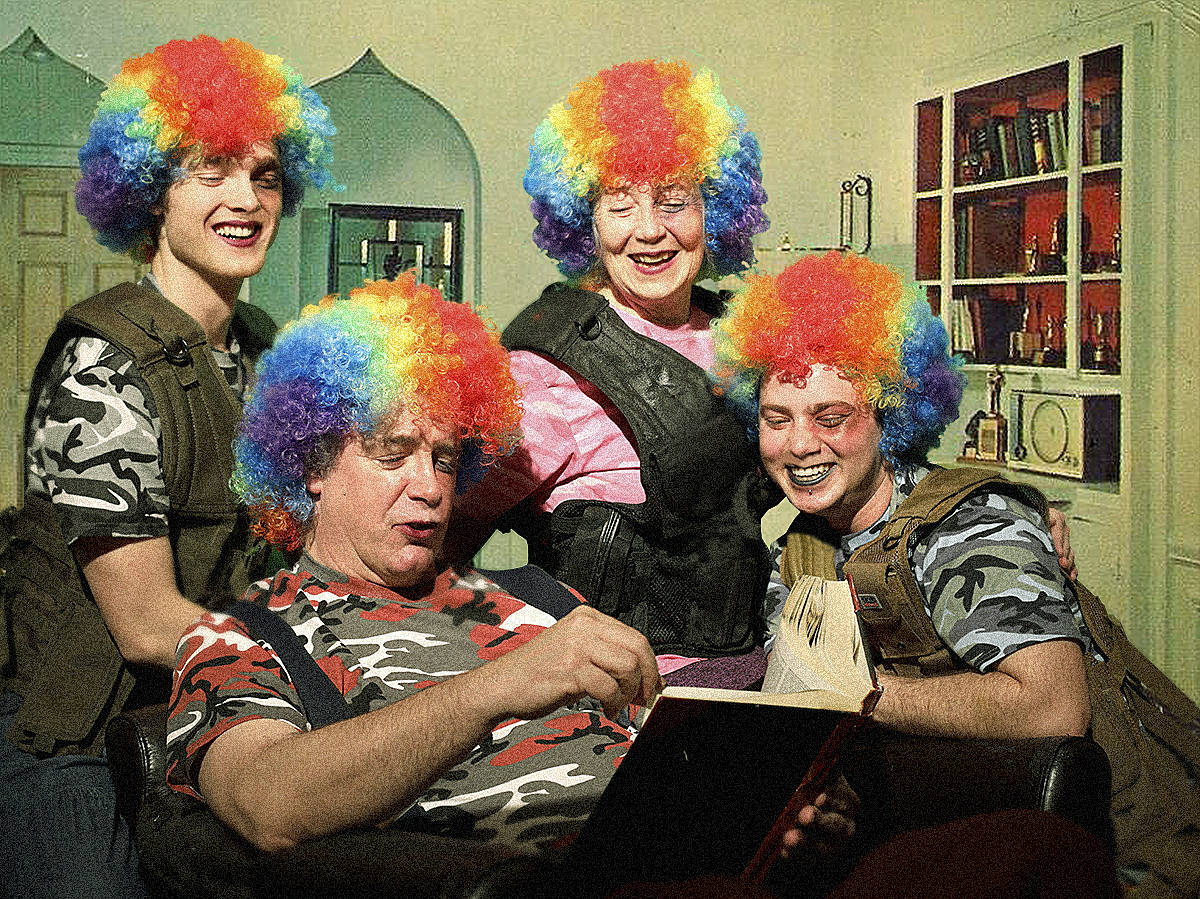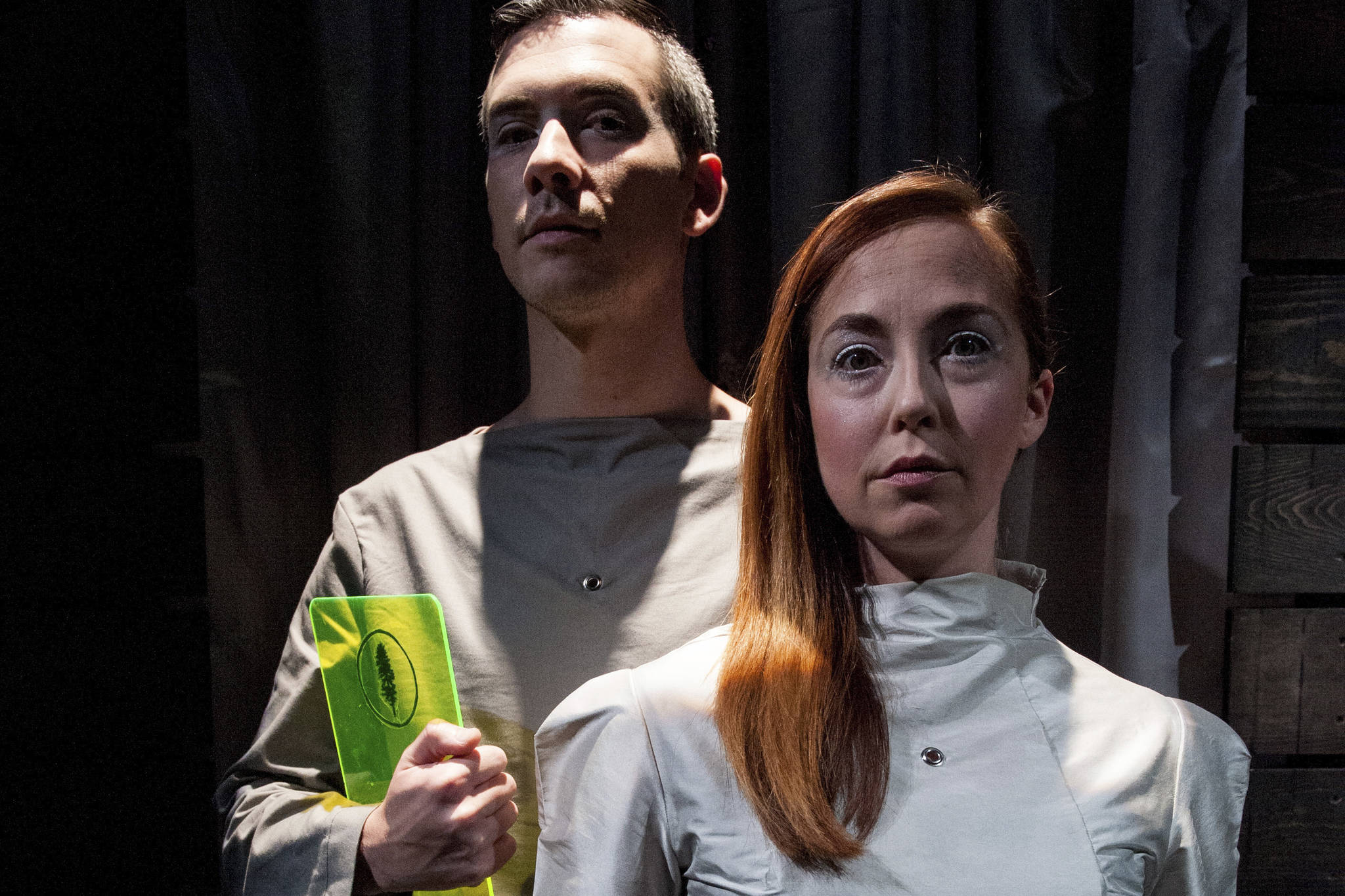“The general feminist approach to thinking about horror has been rooted in the idea that is it inherently misogynist,” BenDeLaCreme (Benjamin Putnam) shares with me as we discuss his newest show, Beware of the Terror of Gaylord Manor. The horror genre often replicates a basic narrative, in which a femme protagonist is pursued and attacked by a monster, creature, or spirit, often juxtaposed with erotic imagery, then killed—all in the service of a young, predominantly male audience. Yet BenDeLaCreme approaches horror with a queer-centric analysis, exploring it as a potent canvas for discussion around gender.
ACT’s Halloween cabaret spectacular is the brainchild of this drag queen, multimedia artist, and queer TV star. Beware of the Terror of Gaylord Manor is high camp, haunted-house style. Inspired by the premises of numerous horror films from the 1960s, “a batch of unwitting strangers find themselves in a haunted house all together under mysterious circumstances and a freaky thing… unfolds,” Ben says. The audience is placed in the middle of ACT’s Bullitt Cabaret with the “vintage cinematic horror world” of Gaylord Manor surrounding them. The strangers, along with the audience, encounter hot werewolves, witches, and vampires.
The impetuses for the show were a few salient texts that Ben came across in college. “When I was going to art school,” Ben says, “I wound up picking up this book called Men, Women, and Chainsaws by Carol J. Clover,” a feminist analysis of horror. Historically, feminist writers have written off horror as misogynistic in its engagement with women in roles of submission and victimization, but Clover’s book takes a new stance, noting that the genre has a pattern of placing women protagonists at the heart of the narrative and thus asking audience members to align themselves with the woman’s struggle as opposed to the aggressor. For a largely young male audience, this is an interesting request. “What is this genre where young men are somehow able to align themselves with our cultural ideas of femininity and the kind of power dynamics that come with that?” Ben says. “It is an opportunity for people to explore gender, sexuality, and the dynamics of our culture in a different way.”
In addition to Clover’s book, Ben’s understandings of horror are influenced by Harry M. Benshoff’s queer analysis in the book Monsters in the Closet. “Horror is a genre that has been coded with queer ideas for a very long time,” Ben says. From effeminate, fey, mysterious vampires to a relationship between two men in Frankenstein, the undercurrents of queer culture are heavily intertwined with the gothic aesthetic. Before horror became significantly more mainstream in the 1990s, its subtext of various aspects of the queer experience are quite obvious. “That’s where my fascination with horror started,” Ben says. “Once I was able to analyze it, I could disengage from being afraid of it.”
The artistic choice to use a haunted house as the center of a cabaret show seemed natural; drag, burlesque, and dance fit well in the vignettes created through the exploration of the setting. A larger challenge for Ben and the ensemble was establishing a cohesive narrative and through-line in this format. They looked to movies such as William Castle’s 13 Ghosts for clues on how to sew together playful and spooky vignettes.
One seminal movie that Clover’s book references is The Haunting (1963), which directly influences Gaylord Manor. “The plot goes in an entirely different place but starts with a very similar premise, because that film has one of the most explicitly lesbian subtexts of any film I’ve ever seen,” Ben says. At the heart of Gaylord Manor is a lesbian love story played by two men in drag, with Scott Shoemaker as BenDeLaCreme’s love interest, Lenora Doddington. “A feminist angle is really important to me in all of my work,” Ben says, noting that his decision to center a lesbian relationship was deeply intentional as an homage to his queer upbringing.
In addition to drag, Gaylord Manor features burlesque, puppetry, dance, and comedy. In one scene, Faggedy Randy (Randy Phillips) plays a roommate in the haunted house who transforms into a werewolf through striptease while interacting with the audience. The dancers have been core collaborators in the rehearsal process, choreographing and inspiring the movement and character development in general. “Everybody really contributed to what this show wound up looking like,” Ben says. “It is a show that is built up on the specific talents that these performers bring.”
Ben’s drag is influenced by the “drag of the ’90s when I was growing up in New York,” which in turn referenced the queens of the ‘60s, who were “rooted in camp.” Researching queer history is central to Ben’s artistic and collaborative process, a practice he regularly engages in with longtime collaborators Ricky Mason, Jody Kuehner (Cherdonna Shinatra), and Kitten N’ Lou. “I do a lot of thinking around what my shows mean and what’s behind them… you see the show and you see that in some way it’s richer than just a one-note punch-line,” Ben says.
Gaylord Manor is “swaddled” in camp, Ben says. “Sugar makes the medicine go down. If you draw people in with silly puns and partially naked people and sparkles… then you can have this message as an undercurrent.” What message is Ben striving to get across? “Queer people, I see you,” Ben says. He hopes that this horror show can be a kind of catharsis for queer folks—a way to remember the “horrors of growing up queer,” release some of the internalized negative messaging, and enter a glittery, glitzy, and playful space. Beware of the Terror of Gaylord Manor, ACT, 700 Union St., acttheatre.org. $30–$35. 13 and over. Ends Sun., Oct. 29.
stage@seattleweekly.com
